As an advanced polymer material, TPU occupies a central position in the plastics manufacturing sector due to its exceptional elasticity, wear resistance, and chemical resistance.
These unique properties make TPU the material of choice for a wide range of applications, from medical devices to everyday consumer products.
However, as the use of TPU continues to expand, the question “Is TPU safe?” has become a focal point of concern for both consumers and injection molding companies.
Consequently, FOWMOULD explores the inherent safety of TPU material and its use, as well as its potential impacts on health and the environment in the content below.
What Is Thermoplastic Polyurethane (TPU)?
Thermoplastic polyurethane (TPU) is a type of thermoplastic elastomer known for its unique combination of elasticity and durability.
Composed of repeating units of hard and soft segments, TPU exhibits excellent flexibility, abrasion resistance, and chemical stability.
These special properties make it suitable for a wide range of industrial applications, including footwear, automotive parts, medical devices, and consumer electronics.
TPUs possess soft segments that provide flexibility and shock absorption, while the hard segments contribute to strength and wear resistance.
This balance allows TPU materials to maintain their shape under stress and recover quickly, making them ideal for products requiring both toughness and comfort.
In addition to its mechanical advantages, TPU is recognized as a safe material for various uses. It is generally considered non-toxic, free from harmful substances like bisphenol A (BPA) and phthalates, and meets stringent food safety and medical-grade standards.
Giving TPU the proper processing and ventilation ensures it does not release toxic fumes or volatile organic compounds (VOCs) under normal conditions, further supporting its safety profile.
It is important to note that TPU is a synthetic material derived from fossil fuels, which is a consideration in its environmental impact and sustainability.
Due to these qualities, TPU is widely used in common items such as phone cases, tubing, conveyor belts, and other plastics that demand durability and flexibility. Silicone is another popular material used in similar applications, offering different properties but often serving as an alternative.
Moreover, TPU filament is popular in 3D printing for creating flexible, resilient printed objects. However, proper ventilation is recommended during the printing process to minimize exposure to any potential emissions, especially when printing indoors.
Overall, TPU thermoplastic polyurethane stands out as a versatile, safe, and environmentally advantageous material, providing reliable options compared to other alternatives across numerous industries.
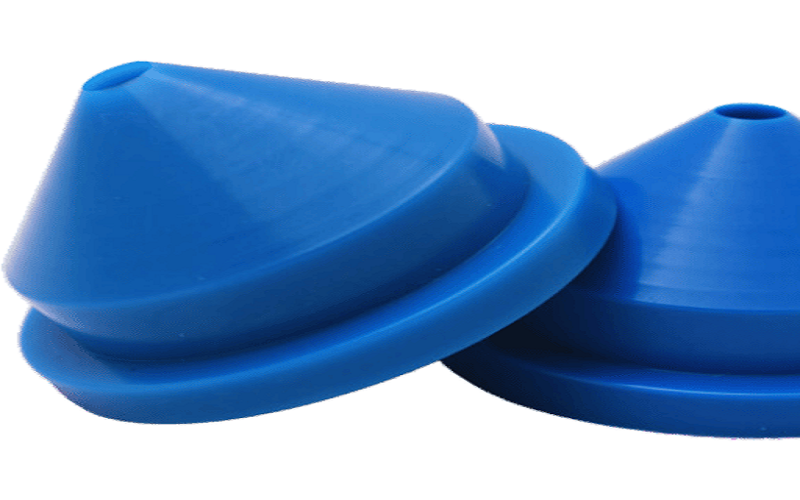
Safety Of TPU Filament In 3D Printing
TPU filament is widely used in 3D printing due to its flexibility, durability, and versatility. However, there are common concerns about the safety of TPU filament during the printing process.
During 3D printing, TPU filament may release small amounts of volatile organic compounds (VOCs) and ultrafine particles (UFPs) when heated and extruded.
Compared to other common 3D printing materials, such as ABS, these emissions are typically minimal. However, it is still recommended to maintain proper ventilation to reduce any potential health risks.
Studies indicate that in well-ventilated environments, TPU filament is generally considered a safe 3D printing material, posing minimal risk to users.
At typical printing temperatures, and especially at the lower temperatures recommended by TPU manufacturers (typically 200–250°C), TPU does not release toxic gases, making it a preferred choice for flexible and durable prints.
To ensure the safety of printing with TPU filament, the following is recommended:
Use the printer in a well-ventilated area or in a space equipped with a filtration system.
Limit printing time in enclosed spaces to avoid prolonged exposure to fumes.
Follow the manufacturer’s guidelines for printing temperature and operation, ensuring the use of low temperatures as recommended by TPU manufacturers to minimize emissions.
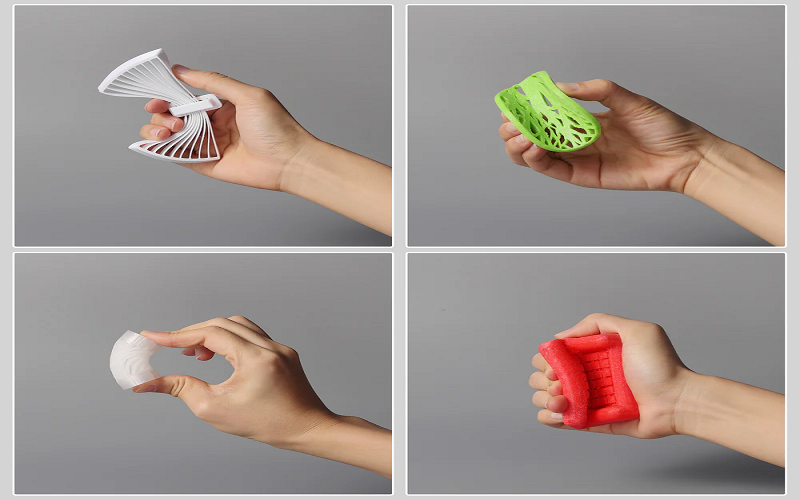
Is TPU Material Non-Toxic?
Thermoplastic polyurethane is generally considered a non-toxic material, making it safe for a wide range of applications.
The chemical components used in TPU production are fully reacted and locked within the polymer matrix, which prevents the release of harmful substances during normal use.
This characteristic ensures that TPU products do not emit toxic fumes or volatile organic compounds (VOCs) under standard conditions.
Moreover, TPU is free from common harmful additives such as bisphenol A (BPA) and phthalates, which are often found in other plastics. This absence contributes to TPU’s reputation as a safe material, especially in products that come into direct contact with human skin or food.
However, it is important to note that while TPU is safe under typical conditions, processing or heating TPU at high temperatures—such as during 3D printing—may release minimal emissions.
Proper ventilation and adherence to safety guidelines during manufacturing or printing processes help mitigate any potential health risks.
Overall, TPU’s non-toxic nature, combined with its durability and flexibility, makes it a preferred choice for medical devices, consumer goods, and food contact applications, supporting its widespread use as a safe and reliable material.
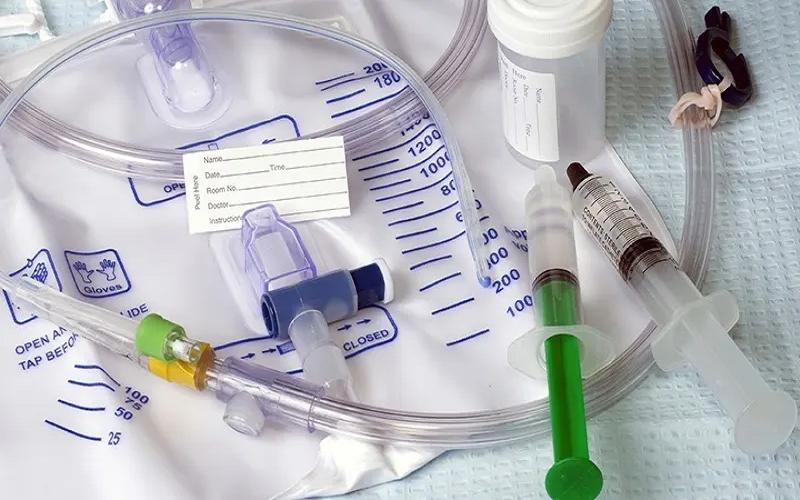
Is TPU Safe For Food?
As health consciousness continues to rise, people are increasingly demanding about the safety of plastic products that come into contact with food.
Against this backdrop, TPU as a common material in food contact applications, has come into focus with the critical question: “Is TPU toxic?”
Fortunately, the answer is reassuring: TPU is non-toxic and complies with 100% of food safety standards.
Take TPU cutting boards as an example; they demonstrate the advantages of TPU in materials that come into contact with food.
Compared to ordinary cutting boards, TPU boards offer antibacterial, mold-resistant, and wear-resistant properties, unmatched by other plastic materials.
TPU boards not only resist the growth of bacteria and mold but also effectively prevent wear and scratches, maintaining a smooth and hygienic surface.
These features ensure the hygiene and safety of TPU cutting boards in daily use, allowing us to handle food ingredients with greater peace of mind.
The advantages of TPU not only enhance the practicality and durability of kitchenware but also provide consumers with a healthier, safer option for food preparation.
Therefore, the application of TPU as a food-safe plastic is becoming an increasingly popular and trusted choice.
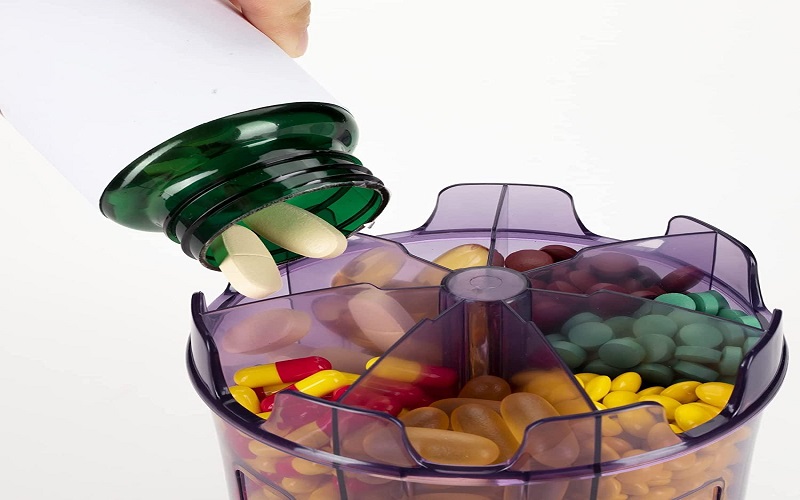
Environmental Impact Of TPU Plastic
Thermoplastic polyurethane is widely regarded as an environmentally friendly material due to its relatively low ecological impact. Its environmental benefits are evident in several key areas:
Firstly, TPU boasts excellent recyclability, allowing waste generated during production or use to be collected, reprocessed, and transformed into new products. This reduces environmental pollution and conserves natural resources by minimizing the need for virgin materials.
Secondly, unlike traditional plastics such as PVC, TPU is formulated without harmful plasticizers like phthalates or chlorine. This not only simplifies the recycling process but also reduces the risk of releasing toxic substances during disposal, enhancing its environmental safety.
Additionally, certain TPU formulations are designed to be partially biodegradable under specific conditions, helping to mitigate long-term pollution in soil and water ecosystems.
Furthermore, TPU production and use adhere to stringent environmental regulations, such as REACH and RoHS, ensuring a minimal ecological footprint throughout its lifecycle.
Together, these attributes position TPU as a sustainable and eco-conscious choice among thermoplastic elastomers, supporting greener manufacturing and consumption practices.
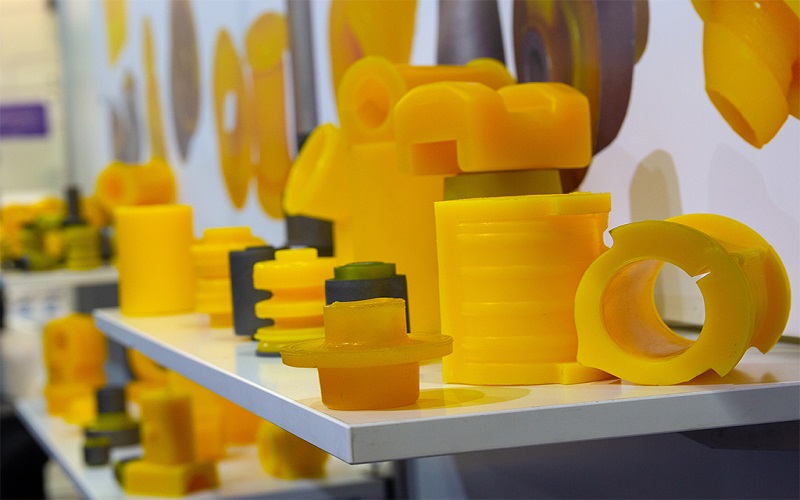
Is TPU Safe For The Body?
Objectively, TPU is commonly safe used for human contact in many applications due to its non-toxic properties.
Firstly, TPU is typically free of harmful substances like formaldehyde and plasticizers, making it odorless and safe for direct contact with food.
This ensures that TPU used in food packaging or kitchen utensils does not release hazardous chemicals, protecting users from potential health risks and more harm.
Secondly, TPU’s biocompatibility and anticoagulant properties make it highly valuable in medical and healthcare applications.
For example, TPU is used in products like intravenous catheters and blood storage bags, where it must be safe for contact with human tissues and avoid triggering allergic reactions or other adverse biological responses.
Its reliable performance in these areas enhances the safety of medical procedures, reduces infection risks, and significantly contributes to safeguarding and promoting human health.
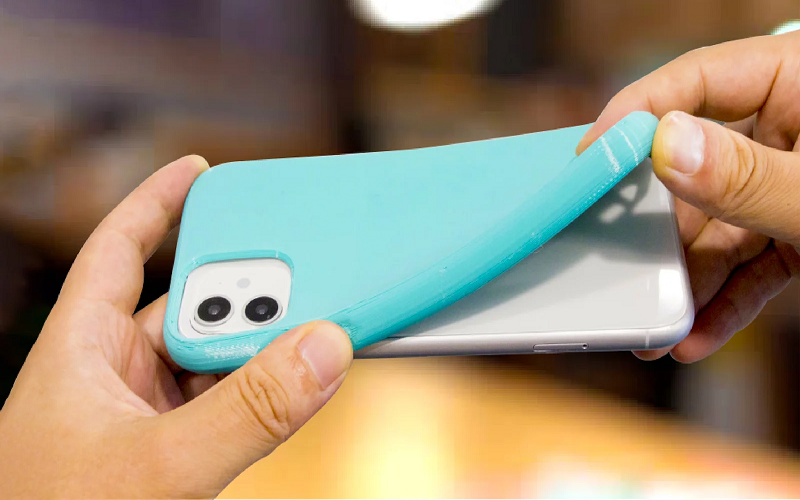
TPE vs TPU:Security Comparison
In the article “Is TPE Safe” we learn that TPE is a safe and versatile material.
Due to its lack of harmful chemicals like phthalates, latex, and Bisphenol A, TPE is considered a healthy and harmless option in various applications compared to other materials .
Its good elasticity and flexibility make it very popular in products that require suppleness and durability, such as toys, medical device accessories, and flexible seals.
Similarly, TPU, also an elastomer, exhibits excellent safety and multifunctionality.
TPU is non-toxic and odorless, and does not contain formaldehyde or plasticizers, making it particularly ideal for medical instruments and food-grade applications.
TPU surpasses TPE in terms of resilience and wear resistance, and its products are less prone to deformation, ensuring the durability and safety of the final product made from TPU plastic.
For more information on the similarities and differences between TPE and TPU, please read the article “TPE vs TPU“.
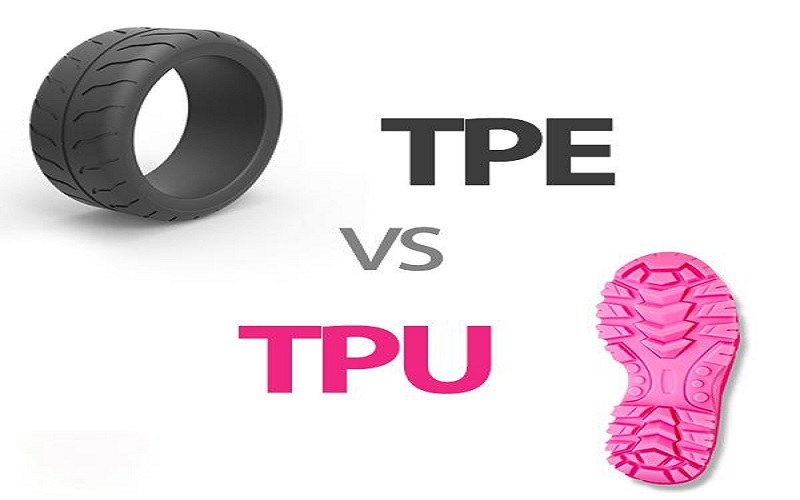
Conclusion
In summary, thermoplastic polyurethane is a versatile and generally safe material widely used across various industries due to its unique combination of flexibility, durability, and chemical resistance.
Scientific research and regulatory standards confirm that TPU is non-toxic, biocompatible, and suitable for applications involving direct skin contact, medical devices, and food contact.
While TPU filament used in 3D printing may emit minimal volatile organic compounds and ultrafine particles, proper ventilation and adherence to safety guidelines effectively mitigate potential health risks.
Additionally, TPU offers environmental advantages such as recyclability and lower impact compared to alternatives .
Overall, TPU stands out as a reliable, safe, and environmentally friendly choice for numerous consumer and industrial applications.
